Choosing the Perfect Sauce for Your Pasta: A Simple Guide
Written on
Chapter 1: The Science Behind Pasta Shapes
Choosing the ideal sauce for your pasta is easier than you might think—it's all about understanding a bit of science.
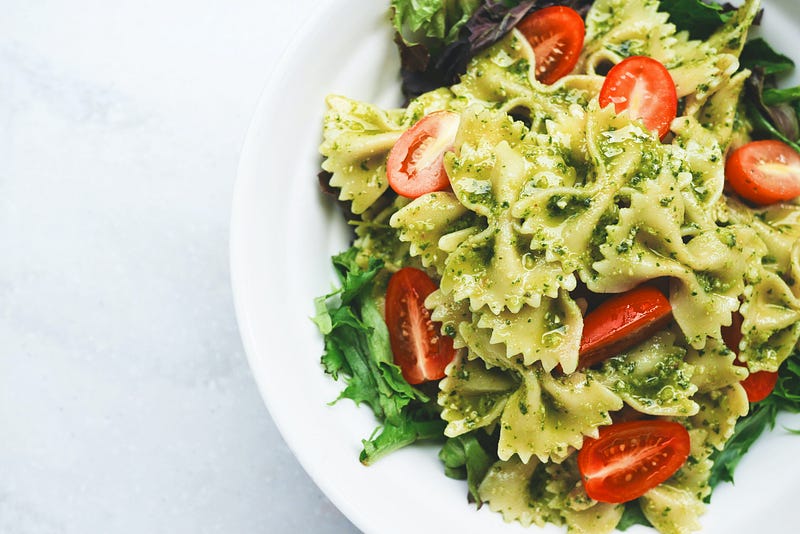
Photo by Eaters Collective on Unsplash
According to Italy Magazine, there are roughly 350 distinct pasta shapes available. That means there's nearly a new shape to explore every single day! Fans of Italian cuisine are passionate about pasta shapes, which is evident in the variety and continual innovation.
But, let’s not be rude—aren’t all these dried pasta shapes made from the same ingredients? After rummaging through my cluttered kitchen cupboard, I found a bag of supermarket penne (the narrow ribbed tubes) and fusilli (the spiral shapes). To my surprise, both share the same primary ingredient: Durum semolina, which is durum wheat ground into a coarse flour.
So, what’s the conclusion? Dried penne and fusilli may seem identical, but the variety of shapes serves a purpose beyond aesthetics. These carefully crafted pasta designs play a crucial role in the dining experience.
When enjoying a meal, it’s not solely the flavors that count; the overall mouthfeel is equally important. The interaction between the pasta and accompanying ingredients is vital, whether you're savoring a rich Bolognese or a simple dish of pasta with garlic, olive oil, and chili.
While different pasta shapes may be made from the same base, their textures, thickness, and surface areas vary significantly. Therefore, it’s essential to pair your pasta shape with the appropriate sauce.
Sound overwhelming? It needn’t be. Let’s explore the various types of pasta shapes and their ideal sauce partners!
Section 1.1: Thick, Tube-Shaped Pasta
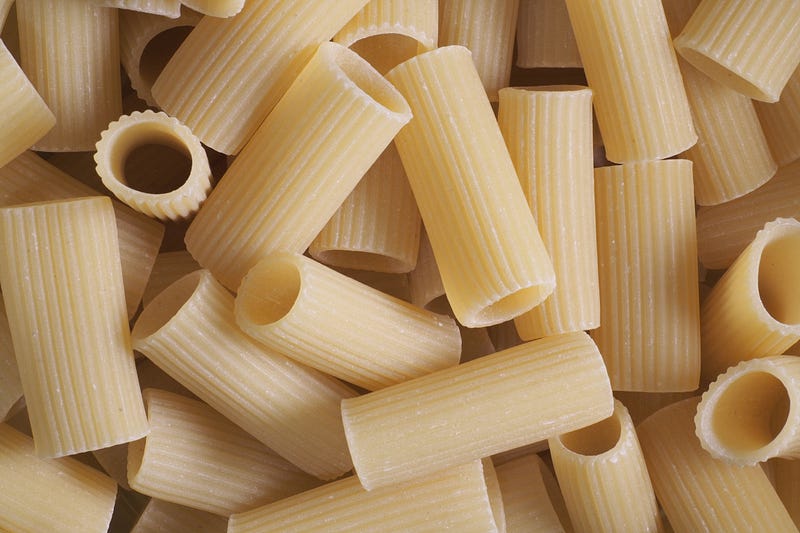
Photo by Lemón on Unsplash
Rigatoni, with its deep ridges, is designed for hearty sauces. These broad tubes provide a perfect vessel for chunky meat and vegetable pieces. The ridged surface allows sauces to cling effectively, ensuring that this pasta stands out, even with robust flavors.
Perfect Pairing: A rich ragù or a hearty lentil-tomato sauce with cheese.
Alternative shapes: Penne (smaller diameter), ziti (smooth surface), and bucatini (thin, long tubes).
Section 1.2: Flat, Ribbon-Like Pasta
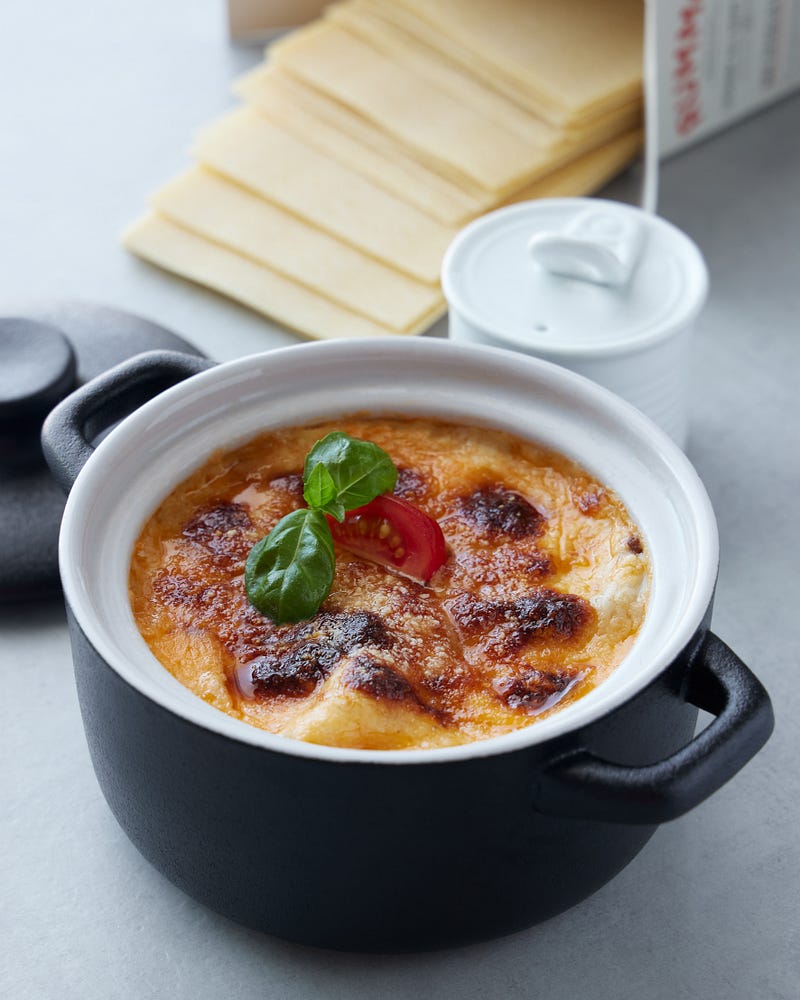
Photo by Max Griss on Unsplash
Who can resist a delicious lasagne? The layers of slightly chewy pasta contrast beautifully with rich ragù and creamy béchamel. However, similar textures can be achieved with other flat pasta shapes, like pappardelle, which consists of wide ribbons perfect for bold flavors.
Perfect Pairing: Rich sauces such as ragù with meat, creamy sauces with vegetables, or a robust pesto.
Alternative shapes: Tagliatelle, fettuccine (slightly narrower than tagliatelle).
Chapter 2: Exploring Other Pasta Shapes
The first video, "Picking The Right Pasta For Every Sauce," dives deeper into the relationship between pasta shapes and sauces, providing valuable insights for your culinary adventures.
The second video, "How to Use Store-Bought Pasta Sauce at Its Best," offers tips on elevating your pasta dishes with store-bought sauces, ensuring a delightful meal every time.
Section 2.1: Curved, Cup-Shaped Pasta
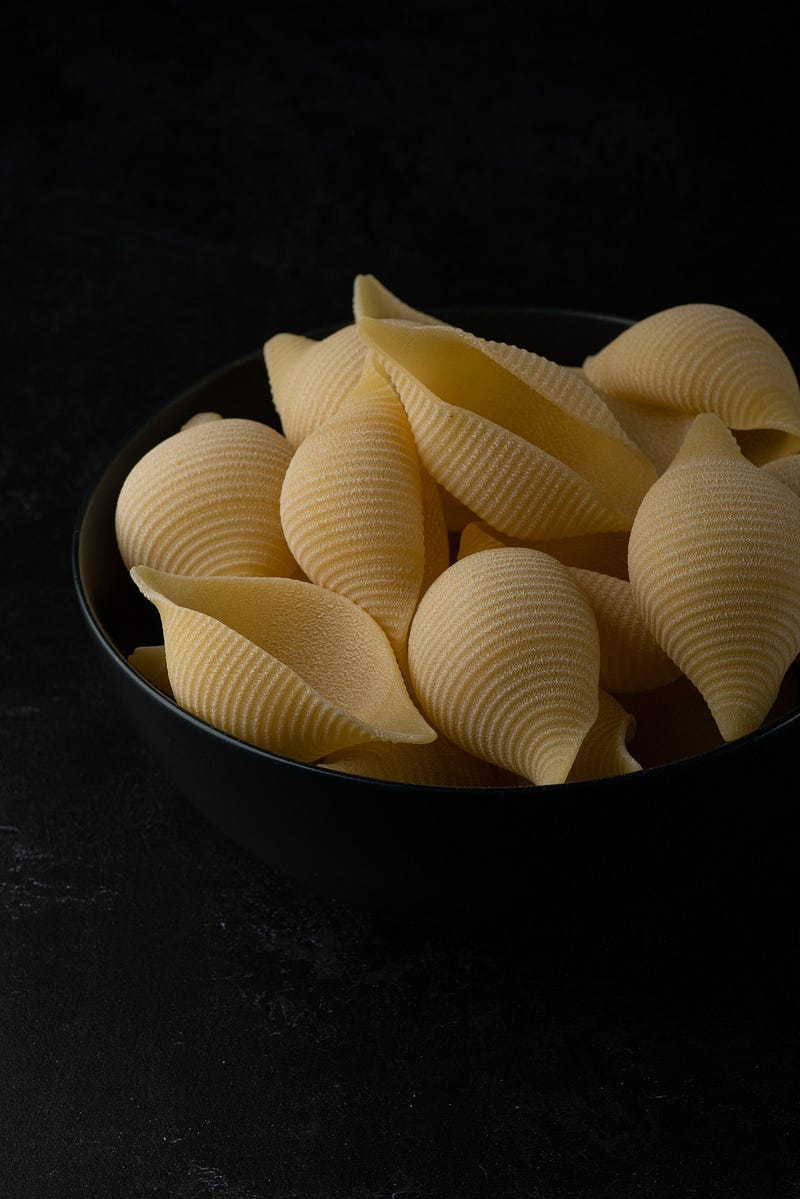
Photo by Max Griss on Unsplash
Cup-shaped pasta, such as conchiglie and orecchiette, excels at holding sauces and creating a delightful chewiness. This pasta type balances the sauce-holding capability of tubes and the texture of flatter pasta, providing a satisfying mouthfeel.
Perfect Pairing: Rich, creamy sauces with small bits of meat or vegetables that can nestle into the pasta.
Alternative shapes: Campanelle (ruffled edges), cavatelli (narrow mouth), and lumache (snail-shaped pasta).
Section 2.2: Short, Twisted Pasta
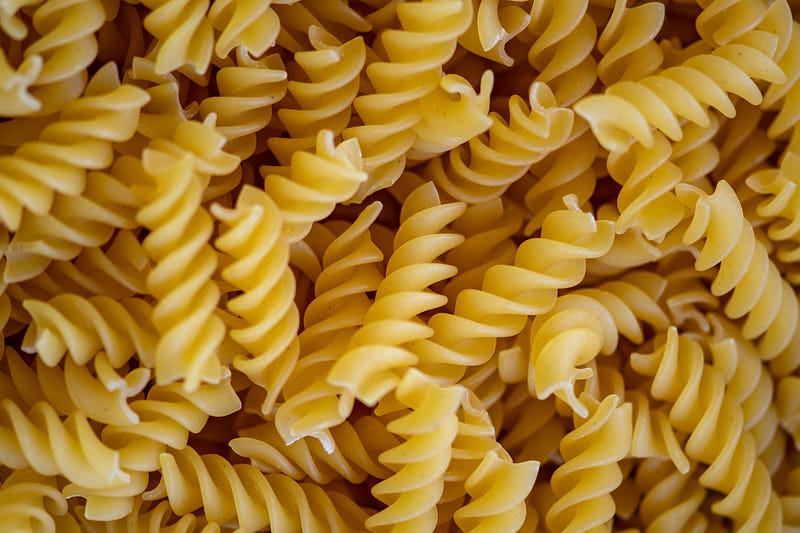
Photo by Bozhin Karaivanov on Unsplash
Fusilli is a versatile twisty pasta that holds its own in various dishes. Its design prevents sauces from pooling while still allowing for good sauce adherence.
Perfect Pairing: Full-bodied oil, cream, or tomato sauces. In Italy, fusilli is traditionally paired with Genovese pesto.
Alternative shapes: Rotini, gemelli (denser than fusilli).
Section 2.3: Long, Stringy Pasta
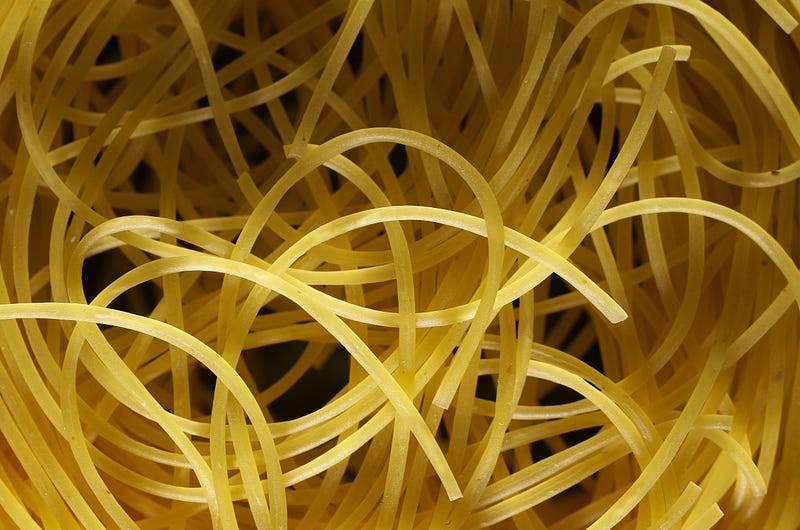
Photo by Immo Wegmann on Unsplash
Spaghetti, arguably the most recognized pasta shape, is derived from the Italian word for thin string. This versatile pasta can adapt to both hearty and delicate sauces, depending on thickness.
Perfect Pairing: Light, oil-based sauces for thinner pasta, or richer tomato marinara for thicker varieties.
Alternative shapes: Linguine (thicker and flatter), bucatini (hollow strands).
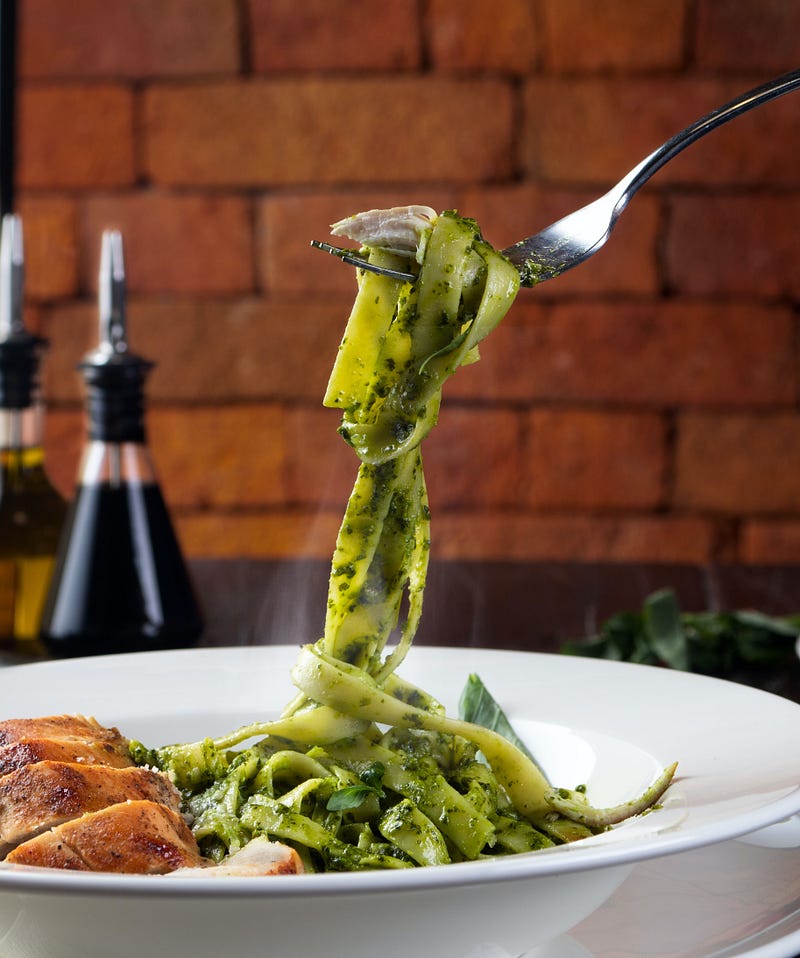
Photo by cindy fernandez on Unsplash
In conclusion, selecting the right sauce for your pasta is straightforward. Start by examining your ingredients.
Heavy, chunky meats and vegetables? Opt for robust pasta like lasagne or rigatoni.
Delicate sauces? Choose lighter options like angel hair or small shell pasta.
In between? Spaghetti or fusilli are excellent versatile choices.
Buon appetito!